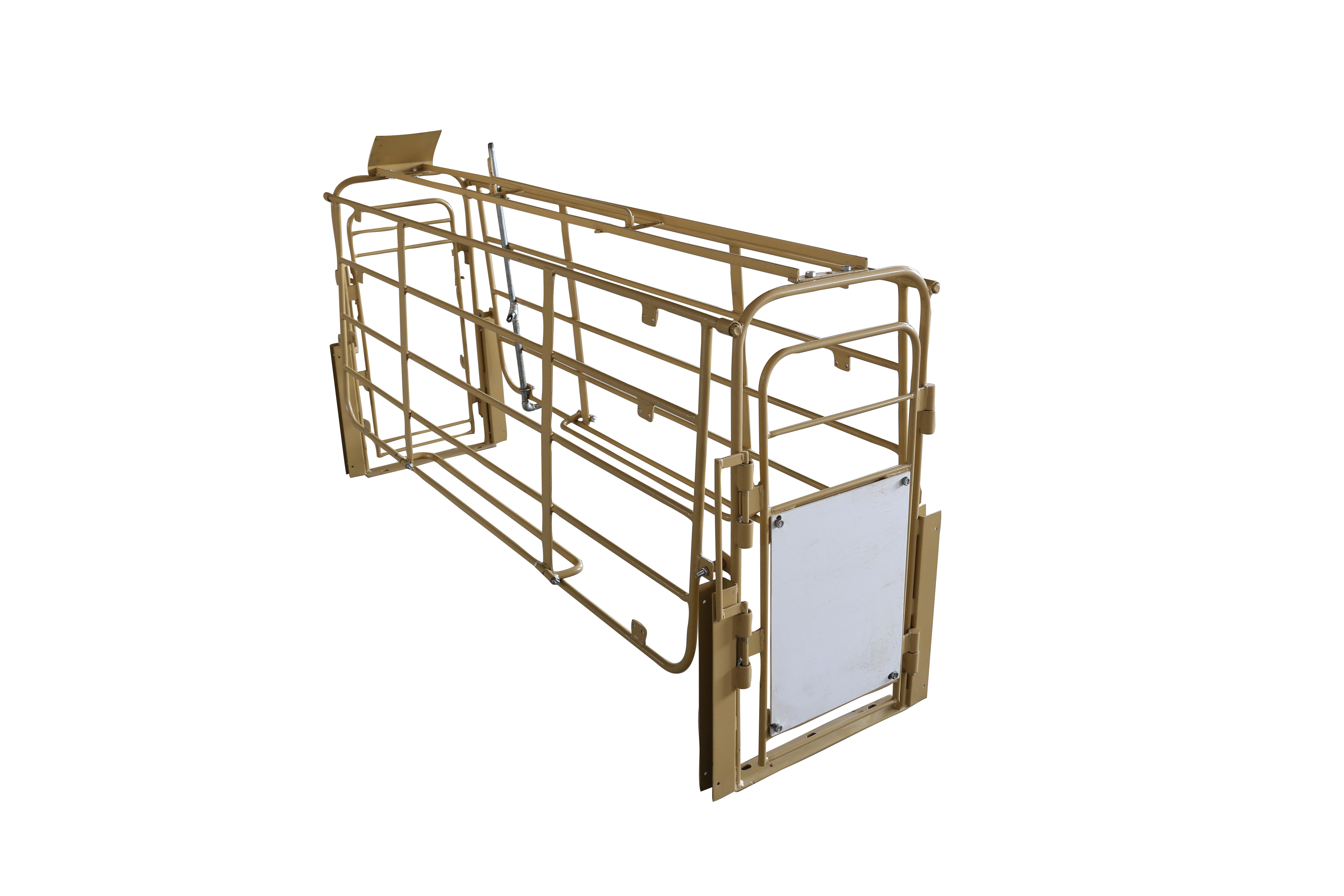Some fortified dairy products are prone to quality problems, mainly in the following three areas:
(1) One-sided emphasis on the role of a certain nutrient and regardless of the content of milk itself, while ignoring the balance and interaction between nutrients (such as calcium and phosphorus, iron, zinc and copper ratio).
(2) Some products are inconsistently marked, with extremely low or severe levels.
(3) The added nutrient enhancer changes the color and flavor of the product.
Therefore, in the amount of addition, it is necessary to consider not only the nutrient content of raw milk but also the amount of loss during processing, preservation, and the composition of various nutrients (in accordance with human needs).
Nutritional enhancement of milk powder Strengthened milk formula The infant formula with the largest amount of milk powder for 0 to 6 months accounts for about 80% of the fortified milk powder. The rest are mainly infant milk powder for weaning, 3 to 6 years old for milk powder, 7 to 18 Year-old elementary and middle school students milk powder, pregnant women and lactating milk powder, middle-aged and older milk powder. China has formulated mandatory national standards for infant formula powder and infant formula powder (GB10765, 10766, 10767, 10769, 10770-1997). Manufacturers must specify different product concepts, types, and scope of application, and strictly enforce these standards. National standard. In the fortification of vitamins, minerals and trace elements, it is necessary to consider both the content and loss of the product itself (the loss of VA, VC, VD, and VE is large), but also to consider the nutritional balance and interaction, and to rationally select and correctly use the nutritional enhancement. The agent must comply with the requirements of GB14880-94 "Hygienic Standards for the Use of Food Nutrition Enhancers"; it must also consider factors such as bioavailability, stability, solubility, price, and the effect on the organoleptic quality of foods (such as certain Iron fortifiers have a bloody smell that can cause color changes, etc.); it is best to use compound nutrients that are specially formulated for production. This is safe and reliable. When we produced complex nutrients in 1991, we used trace elements and vitamins to mix. As a result, we found that there were chemical reactions between them that reduced the titer of nutrients and shortened the shelf life. Therefore, compound trace elements and multivitamins must be packaged separately and microencapsulated. Vitamin powder, etc.; select the appropriate processing technology and equipment, improve the necessary product quality testing methods. In addition, the nucleotide-enhanced milk powder has attracted the attention of relevant state departments and some companies, and is included in the national standard. The amount of each monomer (AMP, GMP, CMP, UMP, etc.) added and the total amount of nucleotides are as much as possible. To be consistent with human milk.
Liquid milk enhanced fortified vitamin and mineral milk drinks or liquid milk has appeared in the domestic market a few years ago, the most famous is A, D calcium milk. At present, liquid milk products in the domestic market are enhanced with vitamins and mineral milk, mainly based on student milk. Dairy production companies must pay attention to the following aspects when developing:
(1) The heat resistance of the fortified vitamins and the amount of processing losses must be taken into consideration. If vitamins that are extremely sensitive to heat are added, an aseptic feed system must be used. Complex nutrients are also available when liquid milk is fortified.
(2) When deciding the amount of various nutrients to be added, reference should be made to the “Chinese Dietary Reference Intakes (DRIs, edited by the China Nutrition Society, 2000)â€, and the general strengthening amount is 1/3 to 2/3 of the DRIs. .
(3) The minerals that are often added are mainly salts of calcium, iron, and zinc and must be selected for reinforcement.
When calcium is fortified, since calcium in milk is combined with casein, excessive calcium causes the thermal stability of milk protein to decrease, resulting in scale formation during product sterilization or precipitation and delamination during storage. . In actual production, insoluble calcium salts and stabilizers are generally used, and ultrafine composite calcium (above 300 mesh) is preferred. Conditional manufacturers may also consider using calcium lactate. Iron-enhanced liquid milk Because the iron salt itself has a rust-like taste, it is generally used in flavored milk such as strawberry milk and chocolate milk to mask its bad odor, even if it does not affect the liquid milk flavor. We found that the use of EDTA iron sodium and modified iron pyrophosphate did not have the above phenomenon. Zinc salts generally use zinc gluconate, zinc lactate, zinc citrate and the like. Source: Nutrition Online Information Officer: Provided by Li Hong, Heilongjiang Land Reclamation Bureau
The farrowing stalls are made of high-quality stainless steel solid rod and use fully automatic welding technology. The biggest advantage of The Solid Rod Farrowing Stalls is its unique hygiene properties. Slats flooring can be laid so it is easy to clean. Special attention was paid to the fact that there were no any accumulation zones on the surface of the fram removable alatted flooring. Partitions are made of PVC sheets for easy removal and replacement. The farrowing stalls' surface can be painted or hot-dip galvanized according to customer's needs. The edges of The solid rod farrowing stalls are rounded and smooth, designed to prevent damage to pigs. We promise that our solid rod farrowing stalls can be used for 15-20 years. The size of the product and the process can be changed, at the same time, we can also according to the buyer's special requirements for production, according to the drawings for production.


Solid Rod Farrowing Stalls,Solid Rod Farrowing Stall For Pig Farm,Welding Solid Rod Farrowing Stall,Steel Solid Rod Farrowing Stalls
HuangHua FengYi Honde Metal Factory , https://www.farrowingcratesfromchina.com